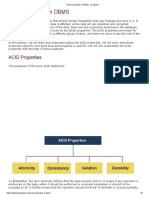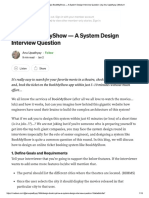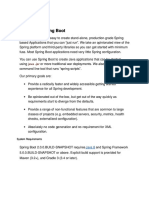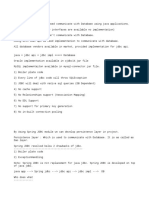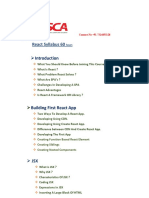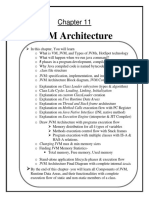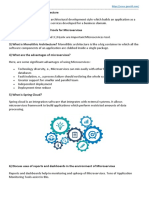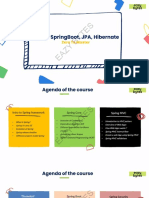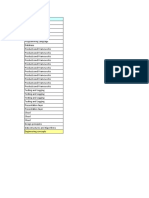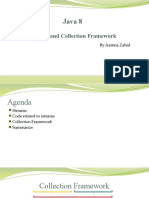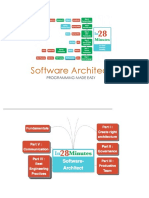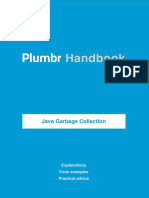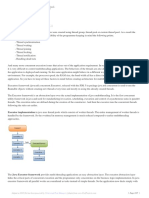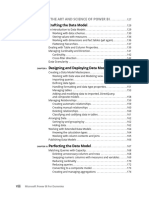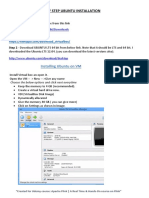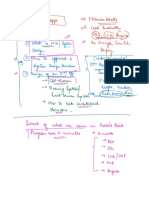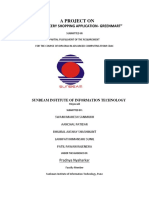0% found this document useful (0 votes)
341 views7 pagesDynamoDB Guide: Concepts & Strategies
The document is a table of contents for a book about DynamoDB that discusses key concepts and strategies for using the database. It includes 14 chapters that cover topics like data modeling, relationships, filtering and sorting strategies. The chapters provide guidance on how to approach structuring data and writing queries in DynamoDB.
Uploaded by
prasad velgalaCopyright
© © All Rights Reserved
We take content rights seriously. If you suspect this is your content, claim it here.
Available Formats
Download as PDF, TXT or read online on Scribd
0% found this document useful (0 votes)
341 views7 pagesDynamoDB Guide: Concepts & Strategies
The document is a table of contents for a book about DynamoDB that discusses key concepts and strategies for using the database. It includes 14 chapters that cover topics like data modeling, relationships, filtering and sorting strategies. The chapters provide guidance on how to approach structuring data and writing queries in DynamoDB.
Uploaded by
prasad velgalaCopyright
© © All Rights Reserved
We take content rights seriously. If you suspect this is your content, claim it here.
Available Formats
Download as PDF, TXT or read online on Scribd
/ 7
